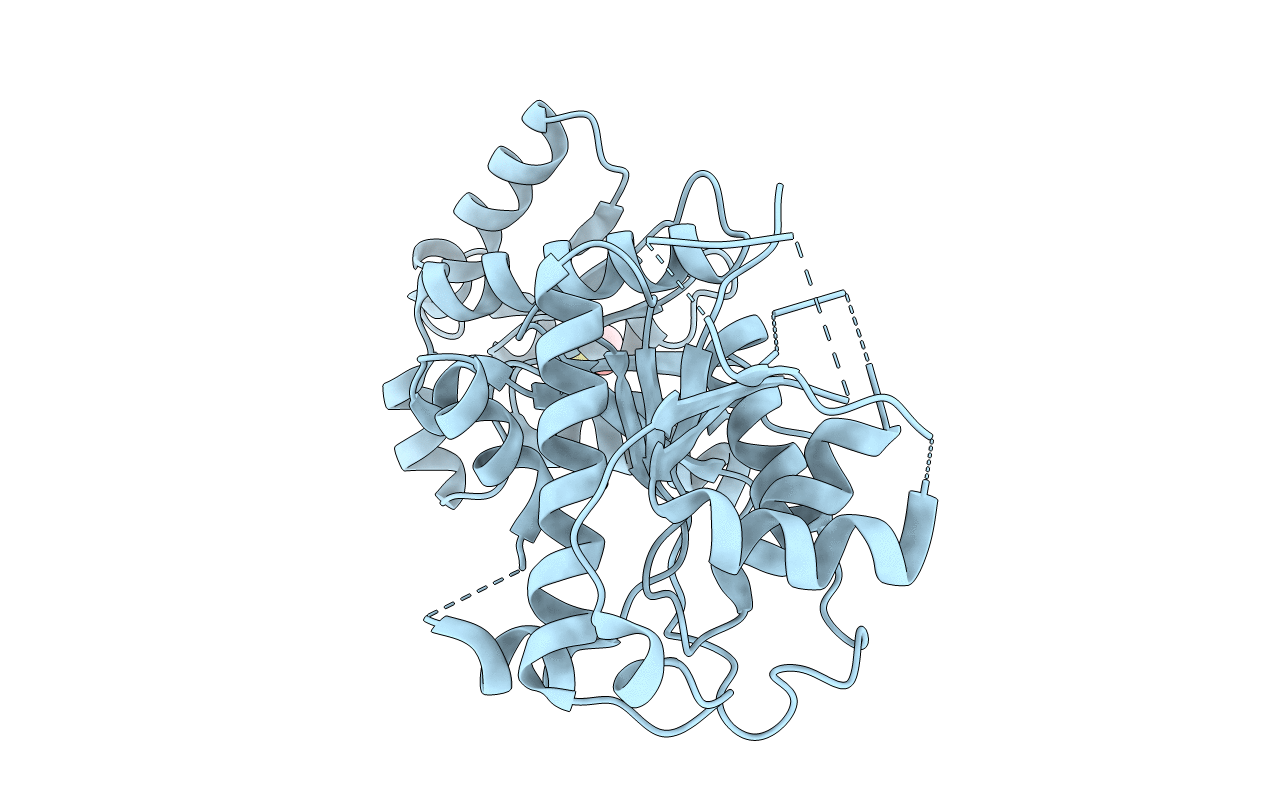
Deposition Date
2012-05-11
Release Date
2012-08-22
Last Version Date
2024-05-08
Entry Detail
PDB ID:
4ATY
Keywords:
Title:
Crystal structure of a Terephthalate 1,2-cis-dihydrodioldehydrogenase from Burkholderia xenovorans LB400
Biological Source:
Source Organism:
BURKHOLDERIA XENOVORANS LB400 (Taxon ID: 266265)
Host Organism:
Method Details:
Experimental Method:
Resolution:
1.85 Å
R-Value Free:
0.26
R-Value Work:
0.21
R-Value Observed:
0.21
Space Group:
C 2 2 21


